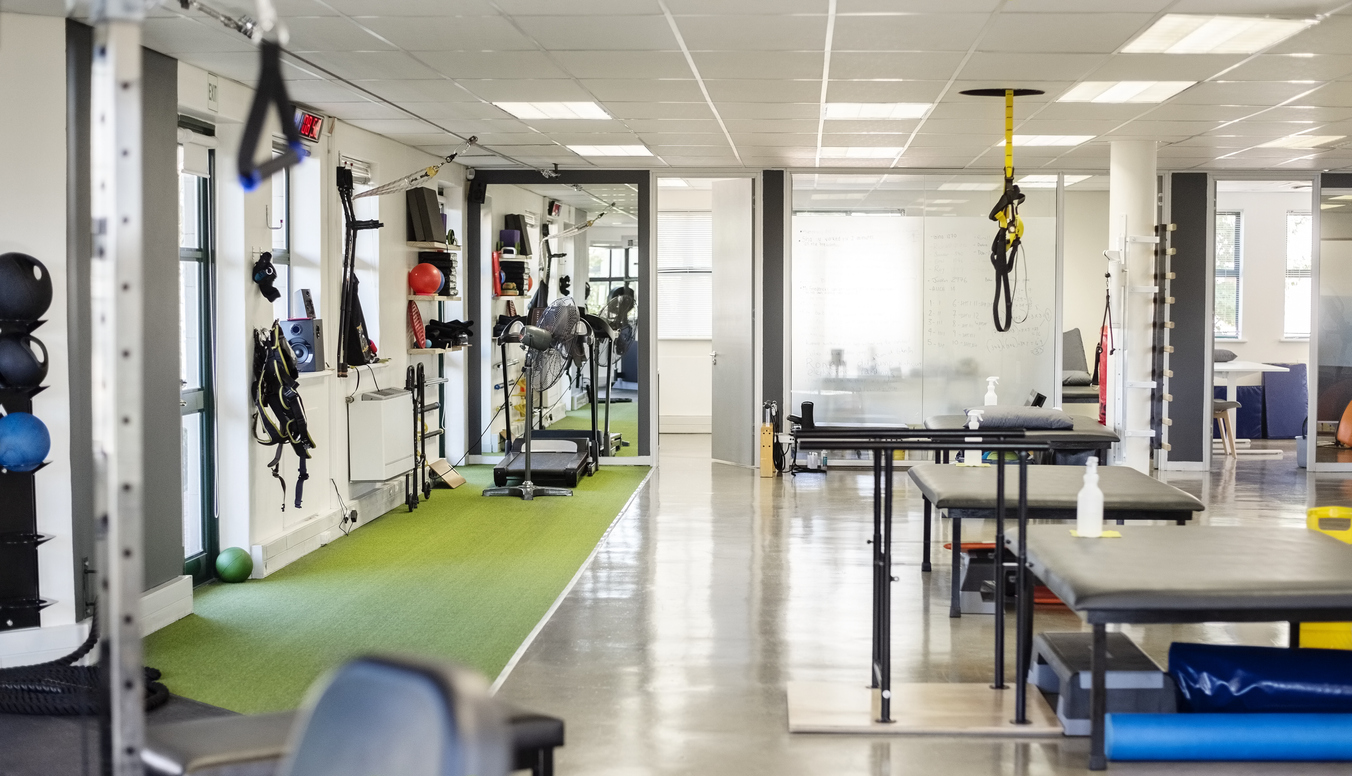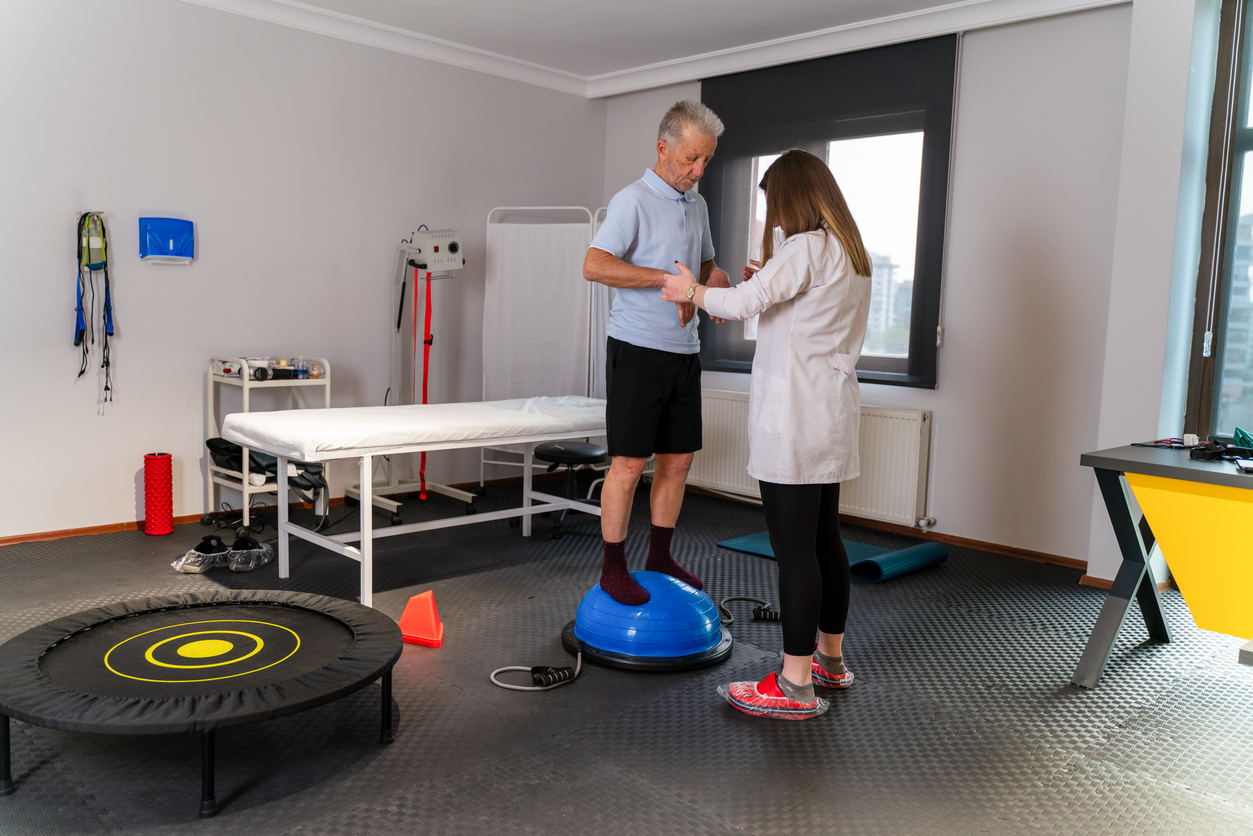Treatments
What to Do When Physical Therapy Hurts

What is physical therapy?
The main goals of physical therapy (PT) are to provide pain management, improve mobility, maximize functionality, implement injury recovery, and prevent future damage. A physical therapist evaluates the person and condition to treat illnesses and injuries related to the musculoskeletal (bones and muscles), neurological (brain), cardiopulmonary (heart and lungs) and integumentary (skin) systems.
Physical therapy, also referred to as physiotherapy, is often used as a standard treatment for chronic pain or pain related to an injury. However, many health conditions respond well to physical therapy, including back pain, headaches, diabetes, chronic obstructive pulmonary disease (COPD), etc.
When physical therapy results in pain
Physical therapy should not cause pain. However, some individuals may experience discomfort during physical therapy treatments. This can be frustrating or concerning, resulting in the desire to quit the treatment plan.
Five things to do when physical therapy hurts include the following:
- Know the difference between pain and harm. In order to make progress, physical therapy needs to be challenging. A degree of discomfort when strength training, stretching, or receiving a deep tissue massage is expected and normal. The difference between hurt and harm is that even though an activity, such as a physical therapy, may hurt, it does not necessarily mean that bodily harm is occurring. However, physical therapy should not extend beyond soreness or discomfort and cause or worsen pain and discomfort.
- Talk to the physical therapist. If physical therapy is causing pain, the most important thing to do is to talk to the physical therapist. They can advise whether it is best to stop a particular activity or if there is a modification or alternative activity that may prevent the increase of pain. They can also help determine if it is best to continue with physical therapy or if other evaluation or treatment is needed.
- Breathe through discomfort. When faced with slight pain rather than bodily harm, breathing through the discomfort can help. Deep breathing exercises help reduce stress and promote relaxation, which, in turn, reduces pain. Over time, the discomfort is likely to diminish. If it does not decrease, pause the exercise or activity and consult with the physical therapist.
- Celebrate successes and practice self-compassion. It can be frustrating when physical therapy is uncomfortable. Keeping track of progress and being proud of the effort put into treatment can help overcome the frustration.
- Forge ahead. In response to discomfort, there may be times when it is necessary to reduce intensity, duration or frequency of specific activities of physical therapy. However, unless directed by a physical therapist or medical professional, it is generally best to continue with treatment. Forging ahead with treatment plans, even if modifications or periods of rest are needed, is beneficial to experience positive results.
Additional sources: Nemours TeensHealth and Healthgrades


















